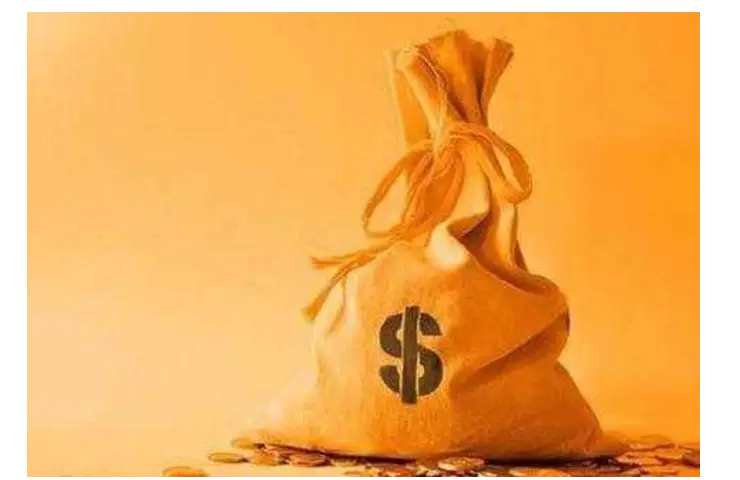

China's shrinking exports sector haunts policymakers
China’s exports drop of 14.5 per cent in July – the biggest since the outbreak of the Covid 19 pandemic, amid slowing demand from the West have had a severe impact on the country’s small and medium enterprises which have been a driver for growth.
The SMEs which make up for more than 95 per cent of all enterprises in the country are critical for employment generation.
Not only is this the biggest drop since 2020, it marks the third straight month of decline, giving rise to concerns for policymakers in Beijing. China’s imports have also been declining, In July, it contracted by 12.4 per cent. Analysts said that the trend may not reverse significantly with the demand in the west unlikely to gather steam anytime soon.
Interestingly, China’s imports from Russia too dropped in July. This is the first drop in imports from Russia since the Ukraine war started last year.
Unsurprisingly, China’s factory output remained in the red for the fourth straight month in July. For July the manufacturing purchasing managers’ index (PMI) — a key measure of factory output — stood at 49.3. Though it is an improvement over 49 in June, it reflects a contraction. Any reading below 50 is considered contraction.
Unlike India, which has also been focusing on boosting domestic demand, China’s thrust has been primarily on exports. Most studies have shown that India’s economy is poised to register a healthy growth and a lot is due to robust domestic demand.
The economic review released for June said that the Indian economy will grow on the strength of domestic demand and investment despite a rise in global uncertainties and moderation in global output.
A blog published by the Institute of Chinese Studies in 2020 noted that though many countries have followed the export-led path to growth in the past and have achieved rapid growth in GDP, the threat of facing a global demand crunch always looms large for these economies. During 2008-09 (global financial crisis) period, China faced the same situation- its export as a percentage to GDP fell to 24 per cent in 2009, it said.
A slow economic growth coinciding with negative inflation has fanned speculations that China is heading towards deflation.
News agency AFP said that China has slipped into deflation as consumer prices contracted last month for the first time in more than two years, official data showed Wednesday, as slowing domestic spending weighs on the country’s post-Covid economic recovery. China’s inflation based on the Consumer Price Index fell 0.3 in July after remaining flat in June.
Also read: Why China is finding it hard to tackle its deep-rooted debt crisis
Australia's High Commissioner to India, Philip Green OAM, called Yoga one of India's gifts to…
The Bharat Sanchar Nigam Limited (BSNL) has announced the soft launch of BSNL Quantum 5G…
The Indian Embassy in Iran has said that the embassy will make efforts to evacuate…
India's gross direct tax collections for the financial year 2025-26 rose by 4.86 per cent…
Russian President Vladimir Putin has said that Moscow is not seeking Ukraine's unconditional surrender, but…
Extending his greetings on the 11th International Day of Yoga, Lok Sabha speaker Om Birla…